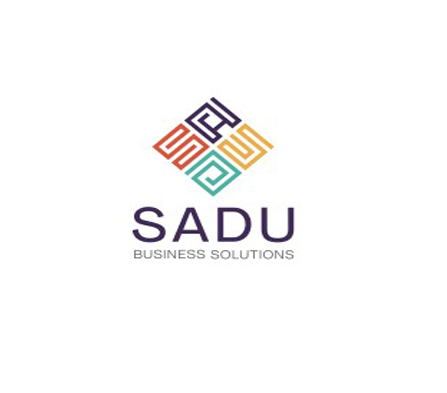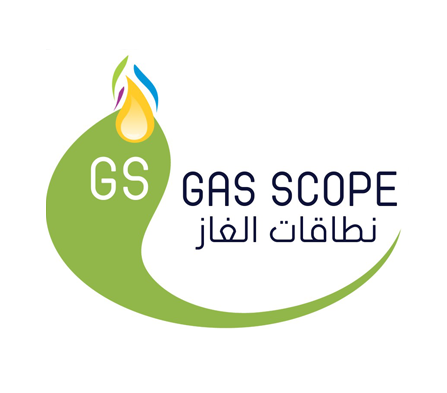- Home
- /
- Automation
- /
- Project and Business Management
Project and Business Management

Overview
Project and business management is a set of processes aimed at planning, executing, monitoring, analyzing, and organizing work and projects effectively to achieve desired goals. Whether the projects are small or large, in the private or public sector, project management requires strong organizational skills and specialized tools to ensure success. Let's explore the concept of project and business management, the tools used, and best practices for success in this field.
The Concept of Project and Business Management
Project management is the systematic application of knowledge, skills, tools, and techniques to project activities to ensure project objectives are achieved within specified constraints such as time, cost, and quality. On the other hand, business management is broader and includes planning, organizing, and directing resources and activities within organizations to achieve strategic goals.
Elements of Project Management
- Description:
Before starting any project, goals must be clearly defined. This includes determining the desired outcomes, the scope of the project, available resources, and timelines.
- Description:
Planning is one of the most critical phases of project management. It involves defining required tasks, resources needed, budgeting, and estimating time. Good planning can reduce risks and ensure that the project runs on schedule.
- Description:
The execution phase involves carrying out the activities defined in the project plan. This phase includes coordinating teams, monitoring work progress, and managing any changes that occur.
- Description:
This phase involves tracking the project's progress against the timeline and budget. Performance, quality, and ensuring the project is on track with the plan are also monitored.
- Description:
After completing the project, it should be formally delivered, ensuring all objectives have been achieved. This phase includes presenting the final report and documenting lessons learned.
Elements of Business Management
1. Strategic Planning
- Description:This includes defining the organization's major goals such as growth, increasing market share, and achieving sustainable profitability. It involves identifying future trends and opportunities for the organization.
2. Organizing Processes and Resources
- Description:This involves determining how human, financial, and technological resources will be allocated effectively to achieve strategic objectives.
3. Leadership and Management
- Description:Effective leadership ensures directing teams and projects toward achieving specified goals. This includes motivation, guidance, and skill development within the team.
4. Monitoring and Evaluation
- Description:It involves monitoring performance across various departments and ensuring that the organization adheres to its plans and strategies. This includes measuring performance through Key Performance Indicators (KPIs) and analyzing gaps.
5. Change Management
- Description:In a fast-changing business environment, change management is essential to ensure adaptation to shifts in the market, technology, and economic conditions.
Project Management Methodologies and Techniques
- Traditional Method (Waterfall): This relies on detailed upfront planning and following specific stages (planning, design, execution, testing, launch).
- Agile Method: Focuses on adaptability to change and divides projects into small tasks that can be quickly adjusted and developed as the project evolves.
- Hybrid Method: Combines the advantages of Waterfall and Agile methods, where certain parts can be executed traditionally while others are handled in an agile manner.
Benefits of Business Management
1. Realistic and Flexible Planning: Planning should be flexible enough to accommodate unexpected changes. While advance planning is important, there should be room for adaptation to challenges and new developments.
2. Effective Communication: Regular communication among all stakeholders in a project or business is key to success. This includes regular updates, periodic meetings, and using collaboration tools to keep everyone informed.
3. Risk Management: Potential risks must be identified early, and backup plans should be developed to mitigate the impact on the project or business. This includes identifying financial, technical, and logistical risks.
4. Continuous Improvement: The goal should always be to improve processes and introduce innovations in project and business management. This includes using new tools, modern techniques, and training teams on best practices.
5. Stakeholder Engagement: Involving all parties (employees, customers, investors) in key decision-making and project progress monitoring can boost support and increase success chances.
6. Performance Measurement: Using Key Performance Indicators (KPIs) to measure the success of a project or business helps determine whether objectives have been achieved and allows for corrective actions if deviations occur.
Case study

A company that provides business development services and professional, operational and digital solutions in a unique and innovative way that distinguishes its clients

It is a leading company in the Kingdom of Saudi Arabia in the field of liquefied gas and the protection and insurance of its requirements.

A Saudi government university in Riyadh, specializing in educating women, graduating leadership cadres, and offering various academic programs

